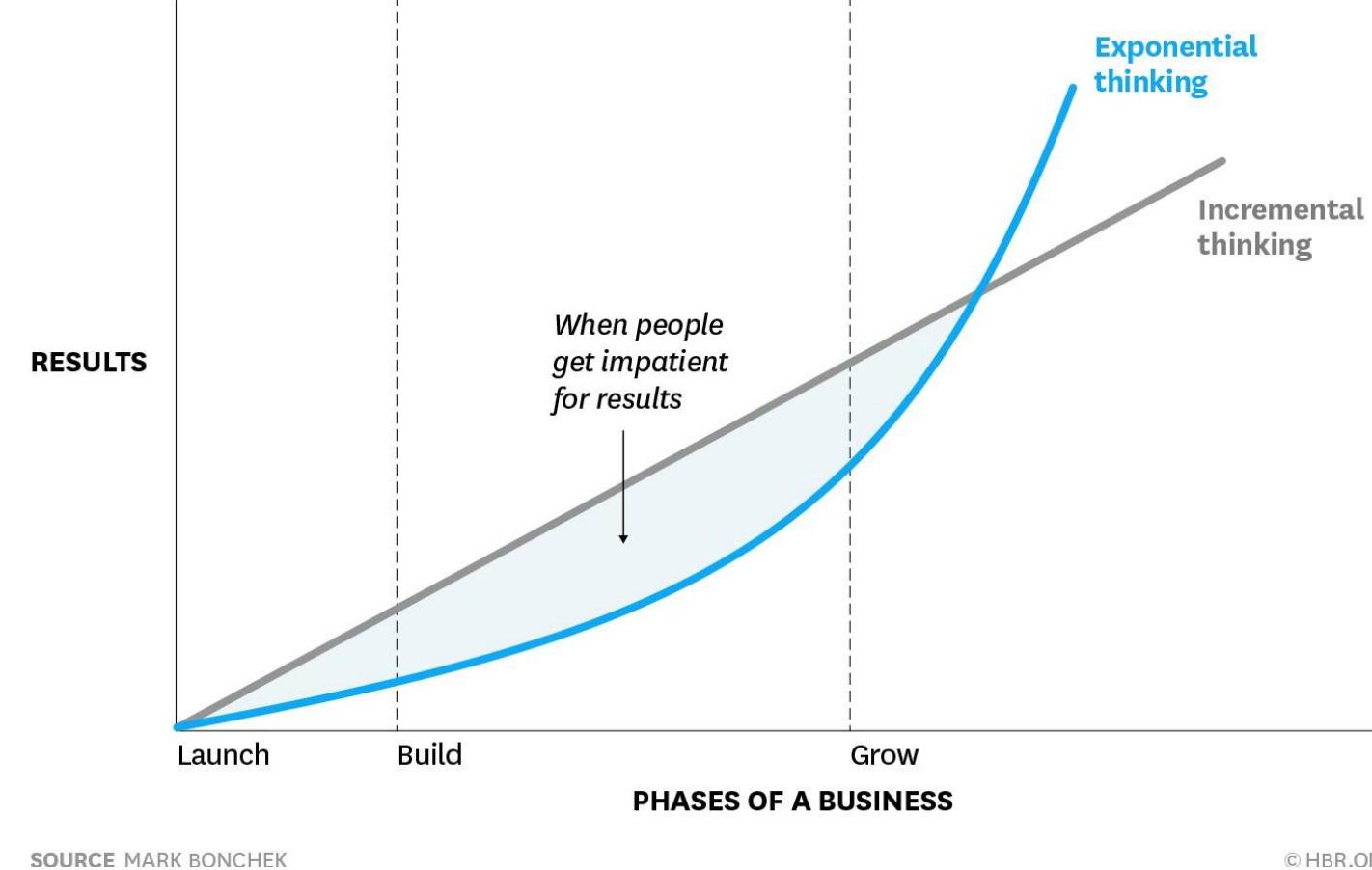Our lizard lateral brains and the exponential world we’re confronting
Human brains were designed for a world of lateral change. But, as Ray Kurzweil and others remind us, learning-by-trial-and-error systems introduce the potential for exponential change. This has huge implications for how we design and build organizations and systems.





